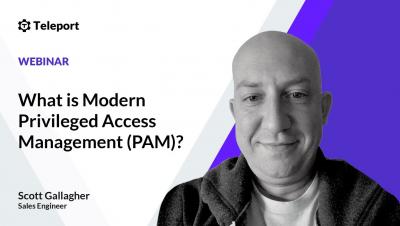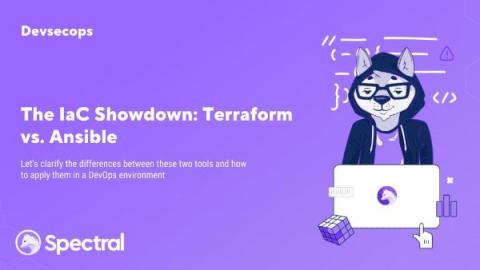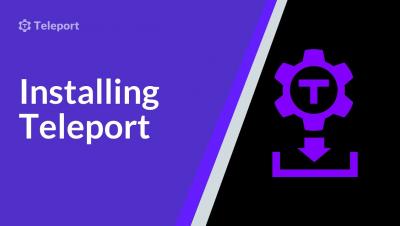How to access AWS Console using AWS IAM
This blog post explores the traditional authentication and authorization processes to AWS Management Console, and how Teleport can replace them to further secure and audit your Infrastructure Access for AWS. You can access your AWS Management Console through a variety of methods. If a user has AWS Administrator or Root Access, they can see and edit all infrastructure in its entirety. AWS has multiple tools available to mitigate access, but are they enough?










